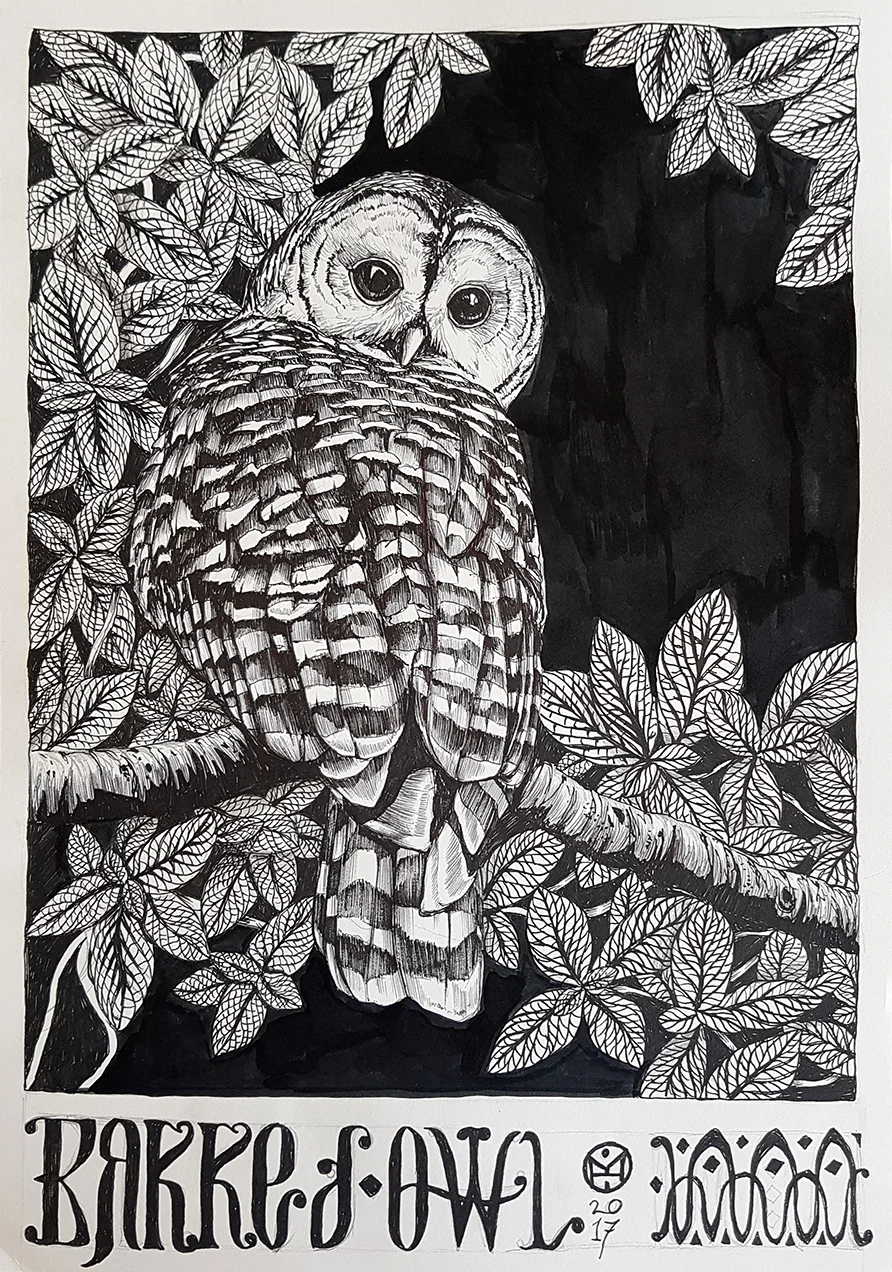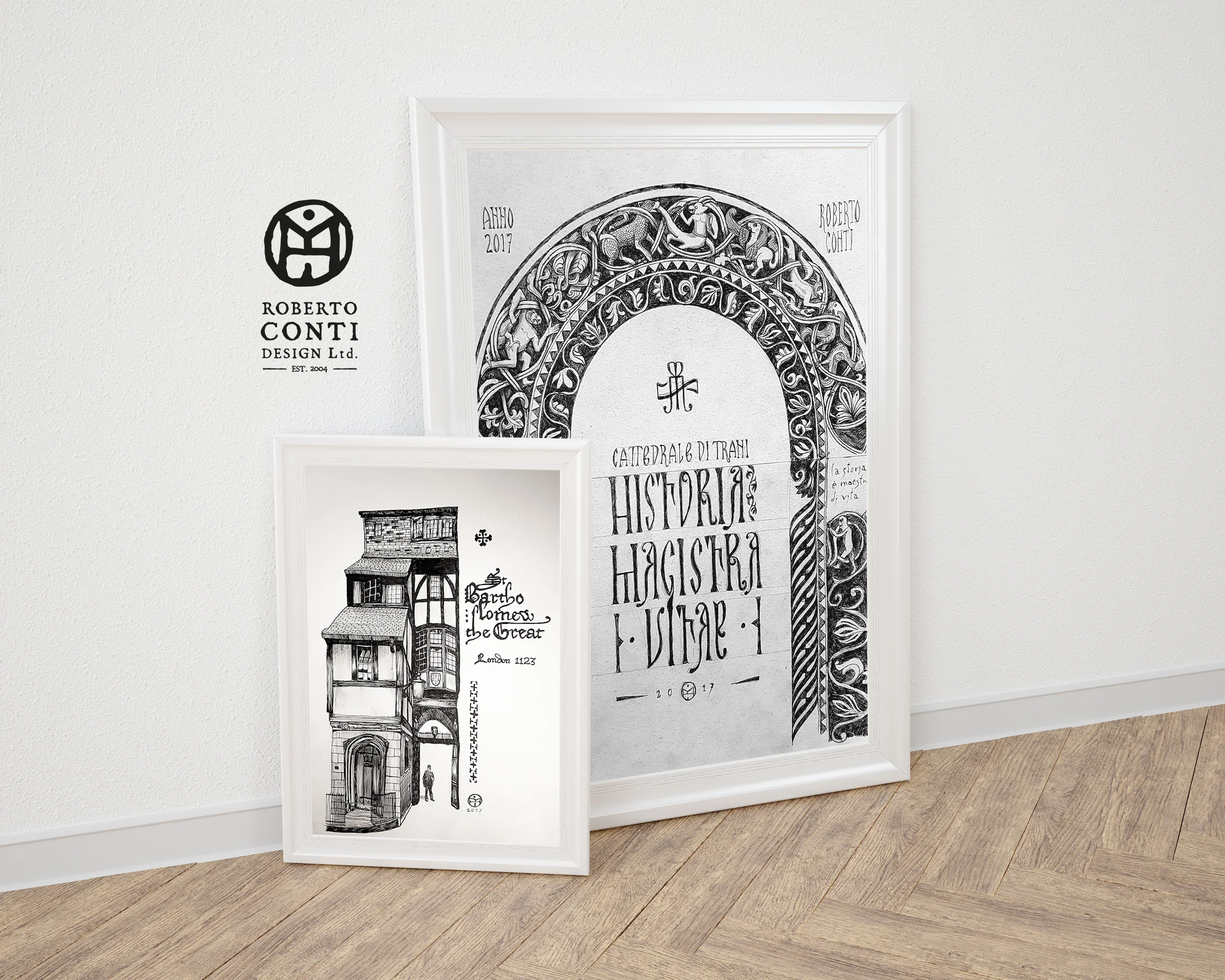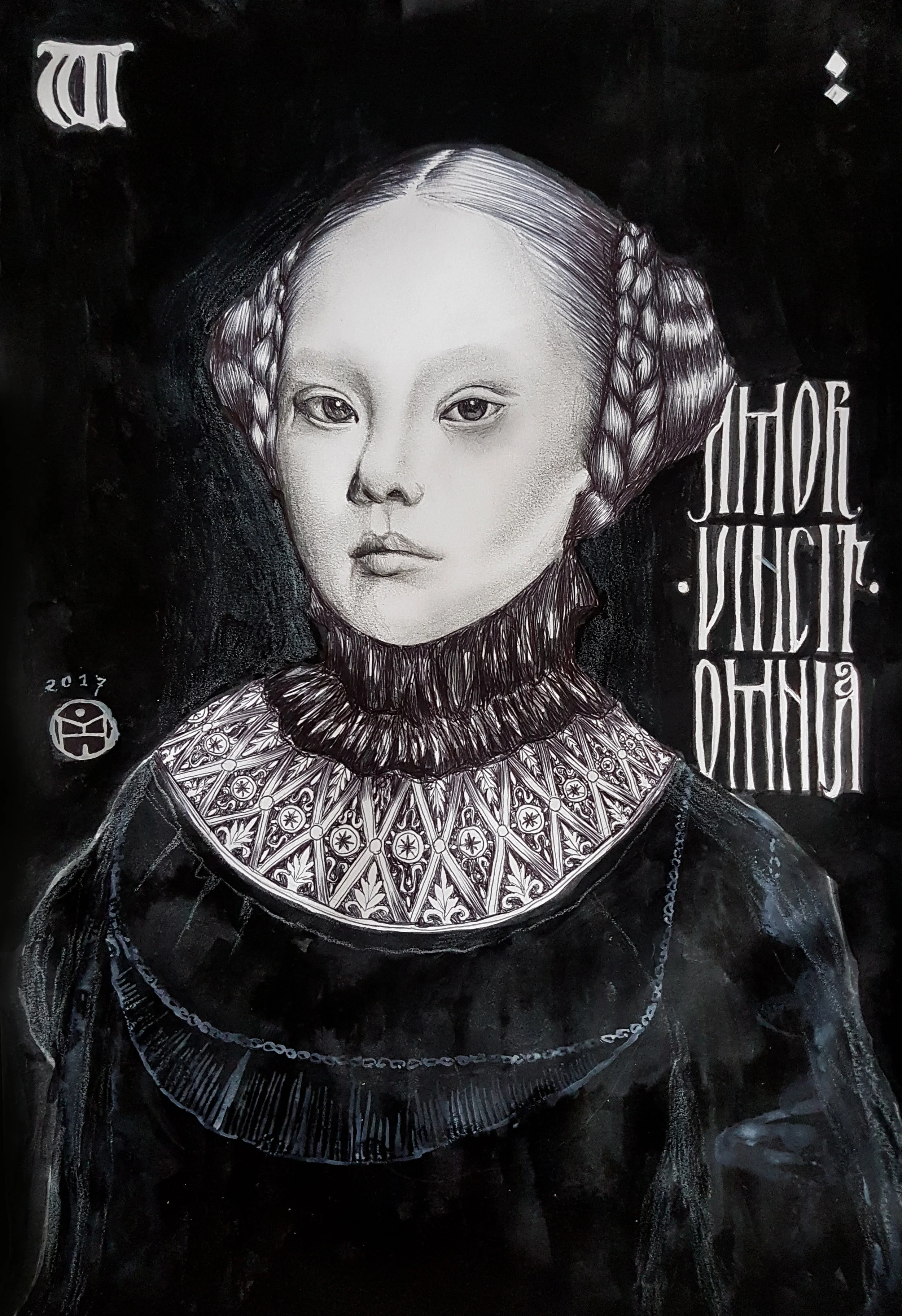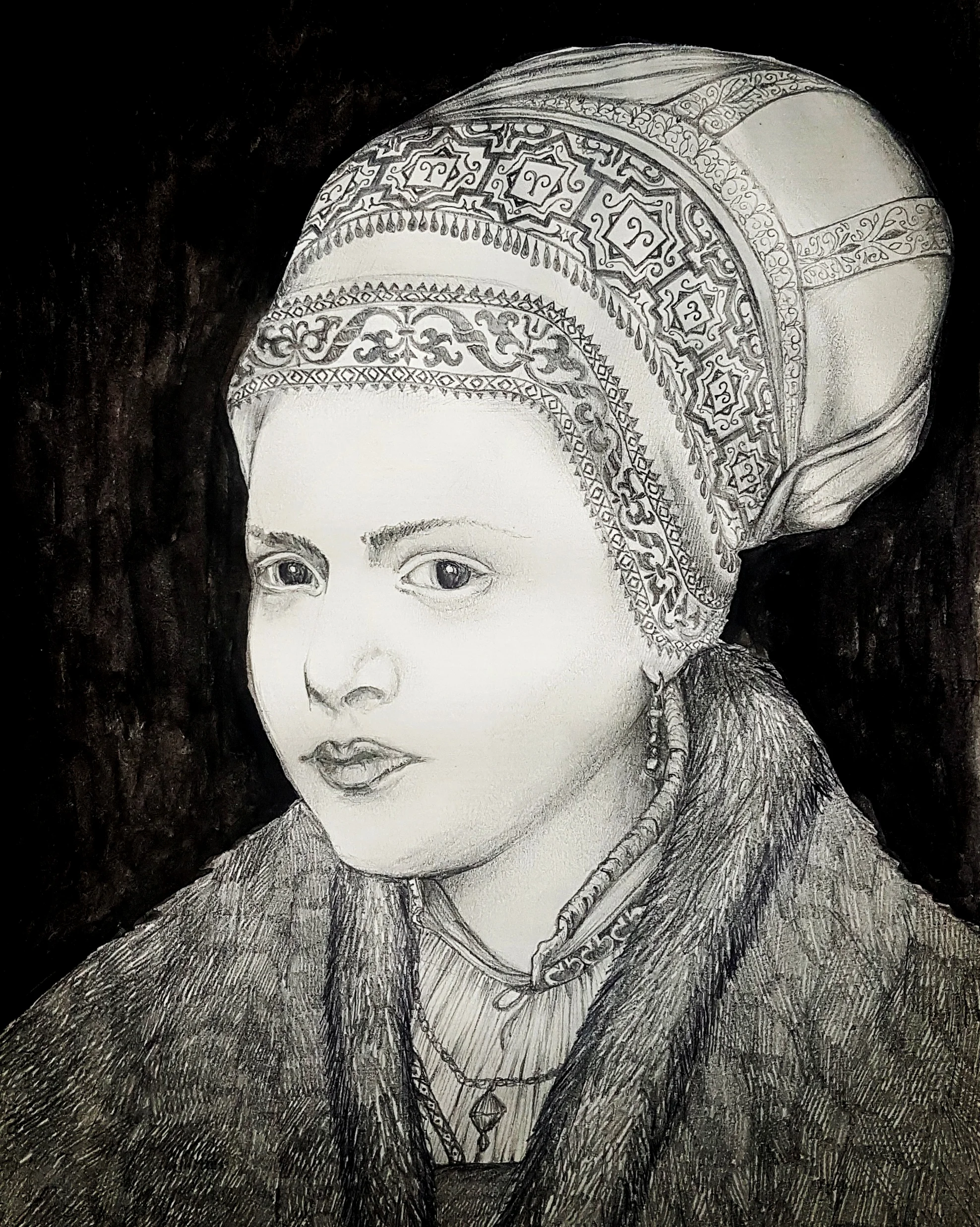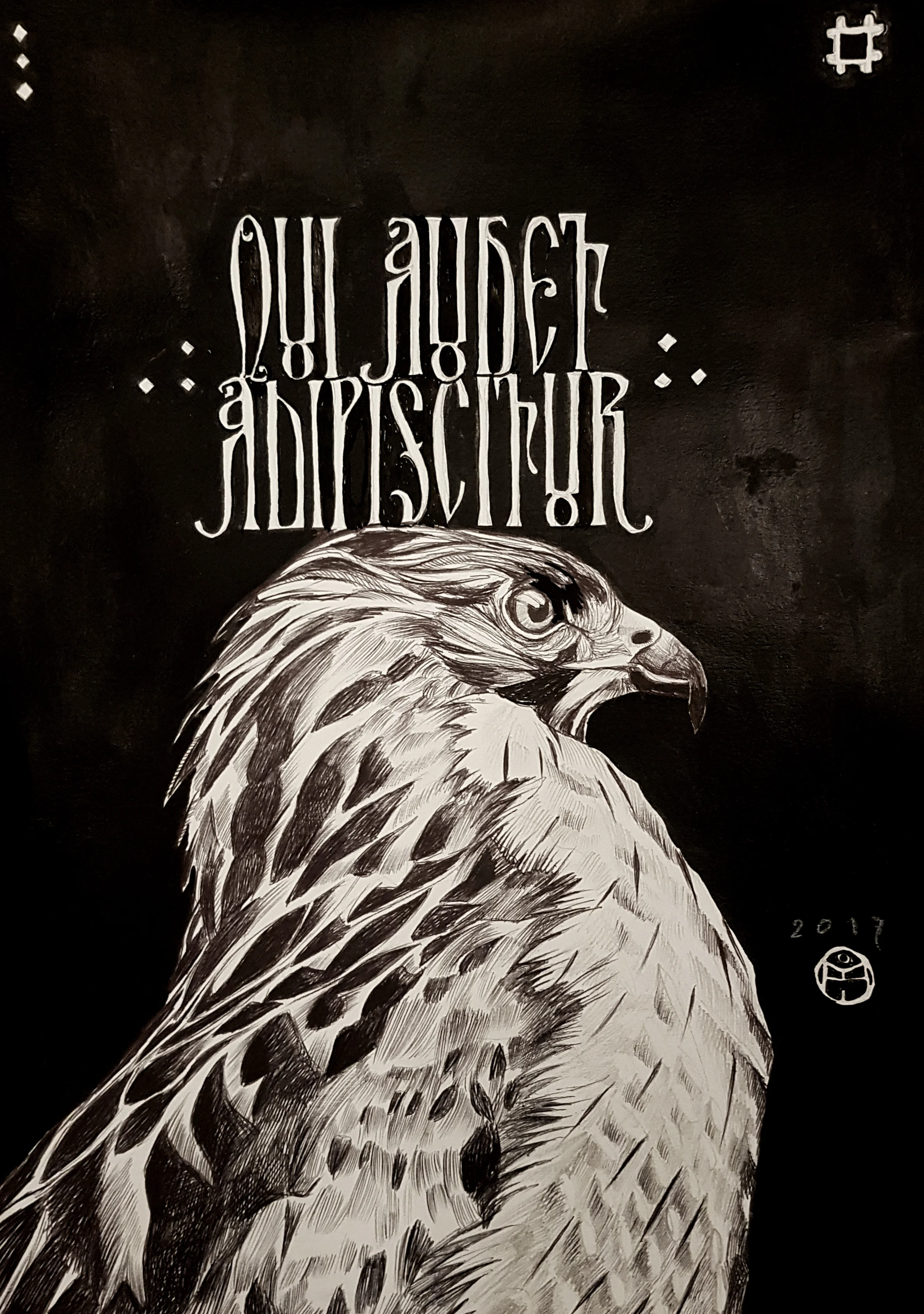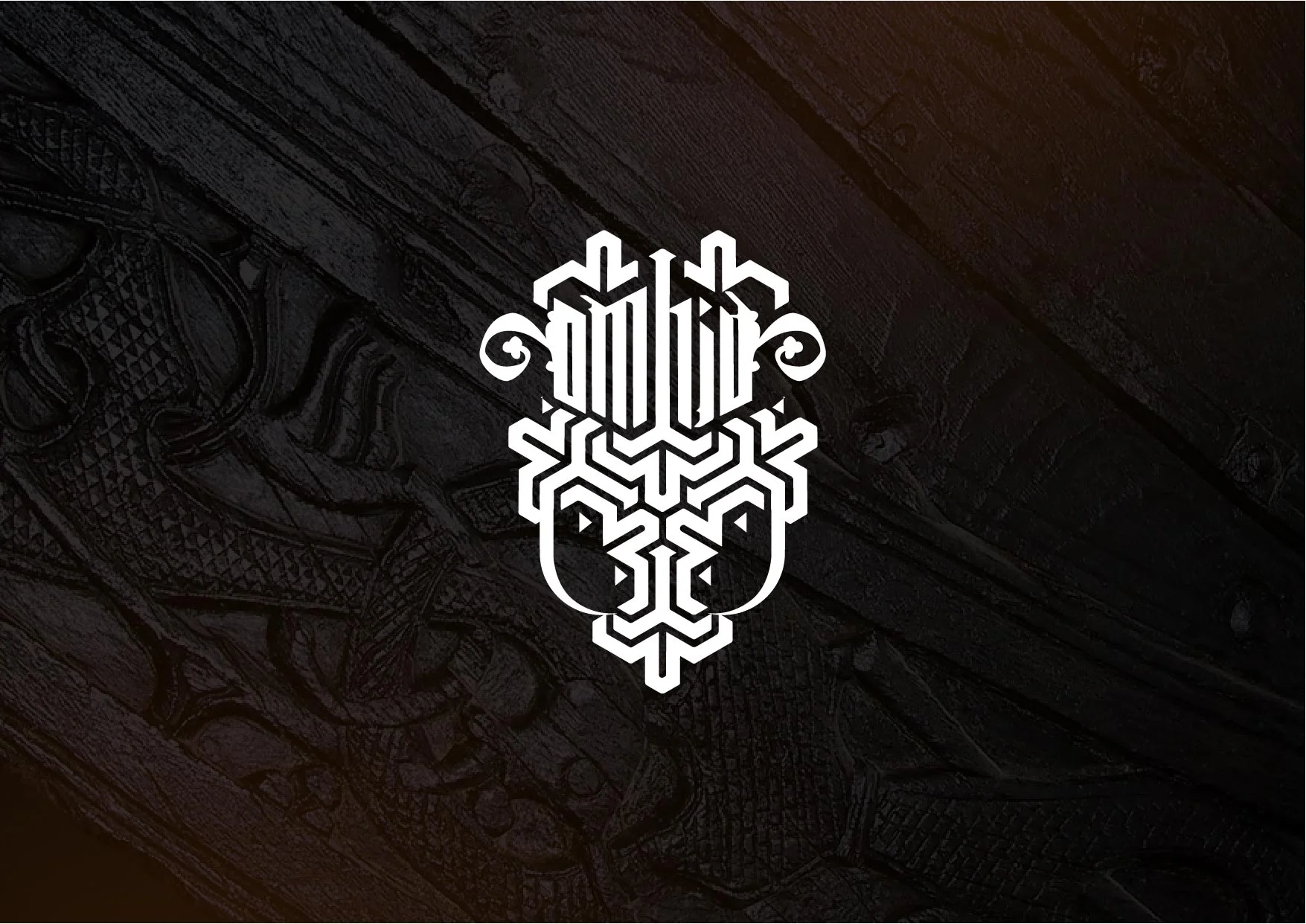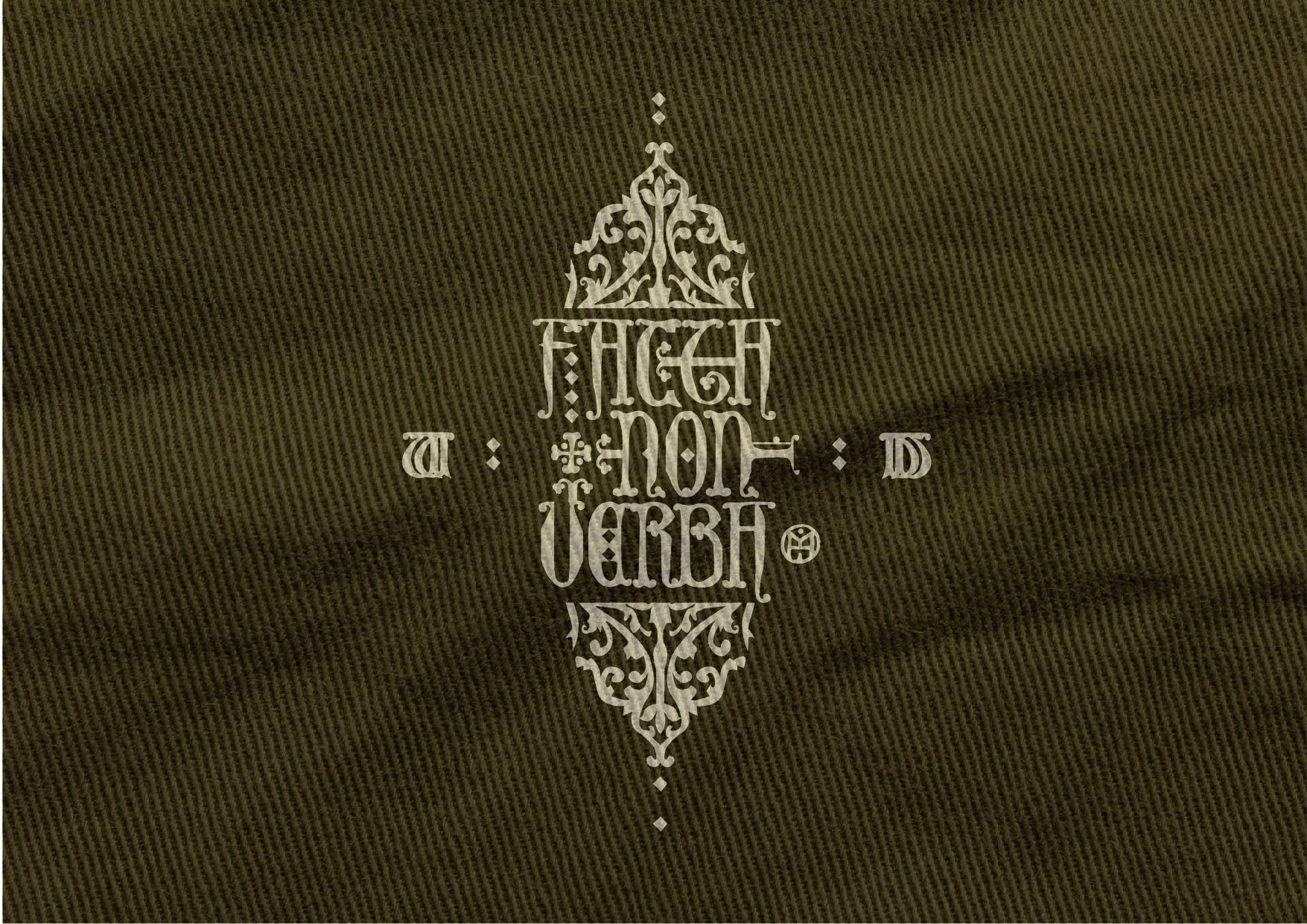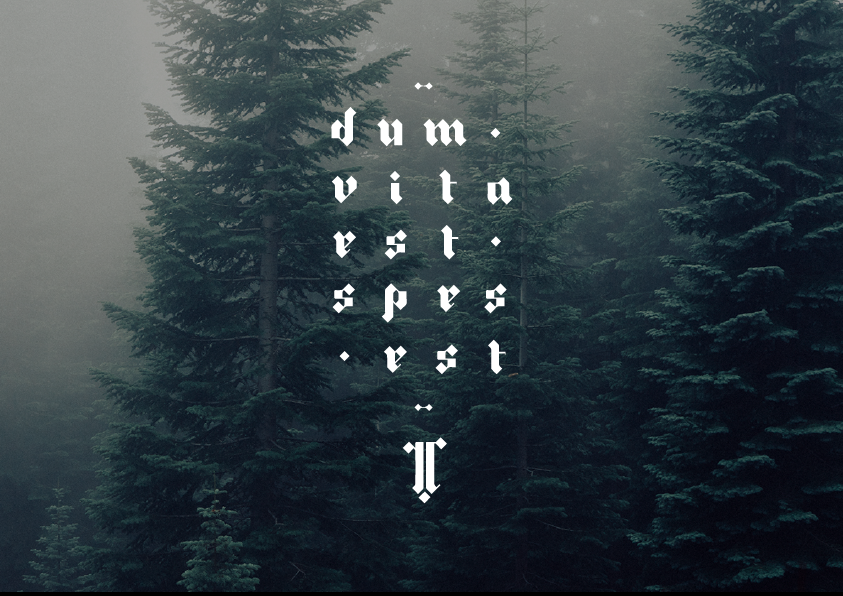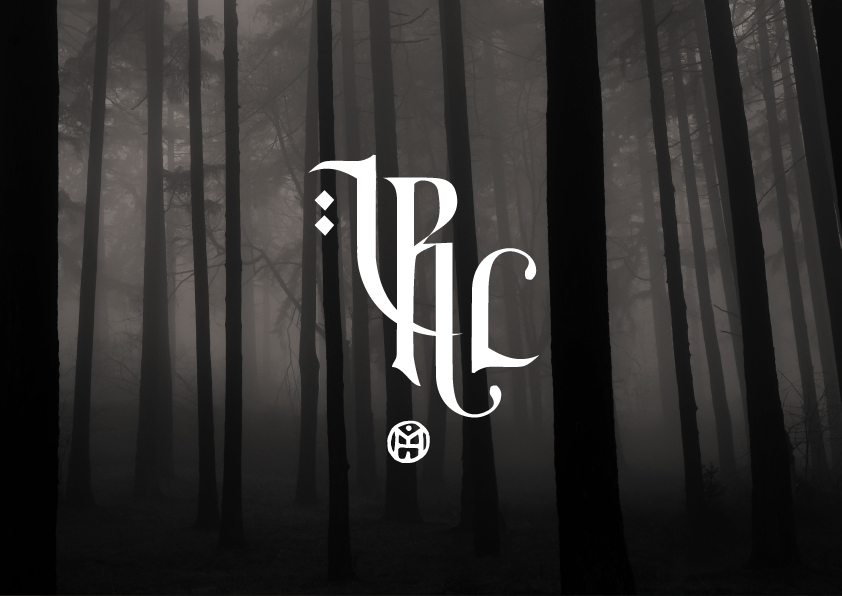Nature and Architecture
New Renaissance
Portrait collection May/October 2017
Typographic Research - "New Renaissance"
Drawing and historical research
I have been searching in the ancient art world elements which are not commonly seen by the masses, these are a selection of subjects intended to give an historical, aesthetical and inspirational point of view on the world of ancient art and archaeology.
Specifically Romanesque, Etruscan, Parthian, Luristan, Italian Renaissance.
If you are interested in commissioned drawing, please get in touch at imho.work@gmail.com
Moses drawing
Inspired by the great sculpture of Michelangelo I have been drawing the Moses with byro pen. The drawing has been recently published on the cover of "Le chantier du Pentateuque" (Lessius publishing)
Wood carved panels research
Cosmatesque and wood panel application
Cosmatesque, or Cosmati, is a style of geometric decorative inlay stonework typical of the architecture of Medieval Italy, and especially of Rome and its surroundings, and derived from that of the Byzantine Empire.
These are 3 carved panels I made, trying to replicate the patterns and motifs of 2 main artefacts located in Pisa and Anagni (Italy). My aim was to extrapolate the beauty of geometry and twine.
On the right side is visible the inspiration source.
Khiva Woodcarvings - Uzbekistan
Wood carving art of Uzbekistan is the part of Central Asian art heritage and originates in ancient times. Khiva today also is one of the oldest centers of carving art in Central Asia.
Carvers from Khiva from old times have been famous for their handicraft. The peculiarity of carving art of Khiva are decoration of doors, gates, cornices, columns and furniture. Carved doors are the distinctive peculiarity of the old city.
Creations of wood carving in Juma mosque in Ichan-Kala are especially beautiful. It was rebuilt at the end of the XVIII century, but retained the features of classical buildings of the East. This original one-storied building without portals, arches and domes is a huge hall with a flat roof, which is based on 213 wooden carved columns. They, different in size, shape and decoration are the high artistic value of the mosque.
Skilled carvers use wood of elm and other local trees. For the preserving of the surface they use cotton or linseed oil. Children are trained to the trade early. When they are fourteen years old, they get the profession.
The tradition of plant ornament of wood carving in Khiva stay stable and craftsmen from Khiva try to keep old traditions of handicrafts and to pass them to young generation. Young men know the secrets of majolica producing with flower and geometrical patterns, wood carving. The doors, made by Khiva masters one hundred years ago are still the examples of high art. And also shogirds – apprentices try to recreate this beauty in their works.
The bright representatives of Khiva carving school is the dynasty of the Palvanovs, who made many carved columns and doors in Khiva of the XIX – beginning of the XX centuries. The works of Abdusattarov and his son Ata Palvanov are characterized with one planned carving with a shallow relief. The ornament is generally vegetable and has the dynamic rhythmic of small sprouts.
Byzantine capitals ornaments
I recently carved an oak panels trying to replicate the beauty of the patterns on the byzantine capitals.
These are few images from the research focused on Italy and Turkey churches.
Carved and elaborate furnitures moodboards
Pattern inspirations
Duomo di Pisa inscriptions
I grew up in Pisa and I have been always attracted by the carved inscriptions on the marble walls, here some interesting examples I spotted walking around the cathedral.
Continuing the observation, here's the proof (in my opinion), that to build the Cathedral of marble blocks were used from other buildings. They read Latin inscriptions down on blocks placed in the back side.
So it was not necessary that the markings were clearly legible ... On some marble columns, placed back in the apse, known engraved in the marble of Pisa the symbol of the cross; as well as other more enigmatic crosses. Continuing external observation of the church I see the same (the side facing the Monumental Cemetery), a smaller number of blocks of marble from Roman buildings.
The Latin alphabet that we still use today was created by the Etruscans and the Romans, and derived from the Greek. It had only 23 letters: the J, U and W were missing. The J was represented by the I, the U was written as V and there was no need for a W. The story of the Z is particularly interesting.
In the third century BC, the letter G (a variant of C) was added; Z was borrowed from the Greek, then dropped as Latin had no need for it — perhaps at the behest of the Roman censor Appius Claudius; G took its place in the line-up, until the first century BC, when the Romans decided they needed the Z for borrowed Greek words (when Greek literature became the vogue), they re-introduced it, and placed it at the end of the alphabet, where it remains to this day. Source: http://ilovetypography.com/2010/08/07/where-does-the-alphabet-come-from/
Romanesque context
Romanesque art is the art of Europe from approximately 1000 AD to the rise of the Gothic style in the 13th century, or later, depending on region. The preceding period is known as the Pre-Romanesque period.
Moodboard about romanesque, some of the best examples
These are artworks I produced through few years, in some cases I started digitally in others I have been drawing, taking inspiration from churches ornaments in Tuscany, my land.
Typographic Research
I have been researching for long time ancient manuscript typography focusing on the evolution of the letters across centuries, particularly on Cyrillic books and pergamenae. These are some of the results along with inspiration sources.
A wood painted panel inspired by Islamic typography. 2014

